Öz
Bu makale, kentsel yaşamın geleceğini şekillendirmede teknolojinin, kamu-özel sektör ortaklıklarının ve sürdürülebilirlik hedeflerinin rolünü vurgulayarak, 21. Yüzyılda akıllı şehirlerden sürdürülebilir şehirlere doğru evrimi araştırmayı amaçlamaktadır. Tarihsel bir analiz ve vaka çalışması yaklaşımı kullanan bu araştırma, kentsel çevrelerin dönüşümünü araştırıyor. Pratik iç görüler elde etmek için sektör temsilcileri ve yerel yönetim yönetimiyle de yarı yapılandırılmış görüşmeler yapılmıştır. Bulgularımız, gelişmiş veri analitiği, Nesnelerin İnterneti (IoT) ve yapay zeka (AI) gibi akıllı teknolojilerin sürdürülebilir kentsel gelişime önemli ölçüde katkıda bulunduğunu ortaya koymaktadır. Bu teknolojiler, enerji verimliliğini, atık yönetimini ve genel yaşam kalitesini iyileştirerek küresel Sürdürülebilir Kalkınma Hedefleri (SDG'ler) ile uyumludur. Çalışma, akıllı şehirlerde sürdürülebilirlik hedeflerine ulaşmak için kamu-özel sektör ortaklıklarını çok önemli kolaylaştırıcılar olarak tanımlamaktadır. Vaka incelemeleri yoluyla, bu ortaklıklar için hem fırsatları hem de engelleri ortaya çıkarıyor ve iş birliklerini geliştirmek için stratejik bir yol haritası önerilmektedir. Çalışma, akıllı şehirlerin gelecekteki gelişimi için sürdürülebilirliğe geçişin gerekli olduğu sonucuna varmaktadır. Sürdürülebilir kentsel yaşam, yalnızca ileri teknoloji gerektirmez, aynı zamanda kamu ve özel sektör arasında aktif iş birliklerini de gerektirir. Sürdürülebilirlik hususlarının akıllı şehir tasarımına entegrasyonu, çevresel zorlukların ele alınması ve kentsel yaşam kalitesinin iyileştirilmesi için hayati önem taşımaktadır.
Introduction
One of the most important societal shifts in recent decades has been the evolution of urban settings. Cities around the world have had to adapt as they work to satisfy the requirements of growing urban populations, moving from traditional urbanization to technologically enabled smart cities, and most recently, changing towards development that is sustainability-focused (Batty, 2013). This essay explores this dynamic growth, examining how technology, public-private partnerships, and sustainability objectives are influencing how cities will develop in the future. Simple settlements served as the starting point for urbanization, which evolved over time as a result of social, economic, and technological improvements (Glaeser, 2011). With the dawn of the twenty-first century, there was a noticeable shift in favor of "smart" cities, or urban areas that effectively manage resources and services through the use of cutting-edge technologies like artificial intelligence (AI), the Internet of Things (IoT), and data analytics (Chourabi et al., 2012).
Sustainability is a crucial component of city development, but in our quest for "smartness," it has come to light more and more (Angelidou et al., 2017). Urban population growth brings with it an increase in environmental issues. The construction and operation of cities have a considerable impact on the health of the planet since they produce a sizeable portion of the world's greenhouse gas emissions (Seto et al., 2014). As a result, the conversation is gradually moving away from just talking about "smart" cities and instead focuses on how cities may better incorporate environmental and sustainability considerations into their design and function. Public-private collaborations are essential to this change. A combination of resources, skills, and efforts from the public and private sectors are necessary due to the size of the transition needed for a city to become sustainable (Hodson and Marvin, 2010). Using case studies from all throughout Turkey, this essay will examine the nature of these collaborations, their accomplishments, and the challenges they face.
The function of smart technologies in promoting sustainable urban development will be a key aspect of our investigation. These technologies have demonstrated to be effective weapons in the battle against climate change and for enhancing resource utilization (Bibri, 2018). The advantages they offer, such as increased energy efficiency, greater waste management, and higher quality of life, are all crucial to meeting the Sustainable Development Goals (SDGs) set forth by the United Nations. We will use an empirical approach in addition to our theoretical investigation, conducting semi-structured interviews with representatives from diverse industries and local government management. We hope to learn more directly from these interviews about the potential and difficulties that come up while moving from a smart city to a sustainable urban setting.
This study aims to contribute to the scholarly debate on urban development by illuminating the transition of cities from "smart" to "sustainable," providing a thorough knowledge of the growth of smart cities and the promise of sustainable urban environments in the twenty-first century.
Smart Cities: History and Development
Cities first appeared in Mesopotamia, Egypt, and the Indus Valley, where planned communities first emerged approximately 3000 BC (Smith, 2003). The character of these settlements changed along with human society, going from the straightforward agrarian communities of the past to the expansive urban landscapes we witness today. Cities have historically been hubs of commerce, culture, and political influence, and urbanization frequently coexists with socioeconomic advancement (Mumford, 1961). Cities have grown larger and more complicated as populations have grown, creating a variety of urban problems include overpopulation, pollution, and resource management issues. Urban planning and development techniques emerged in response, aiming to solve these issues and raise the standard of living in cities.
Information and communication technology (ICT) improvements in the late 20th and early 21st centuries helped give rise to the concept of a "smart city." The phrase was first used to describe cities that used ICTs to provide city services more effectively in the 1990s (Townsend, 2013). The definition of smart cities has changed over time, and it now encompasses more than just technology advancements. It entails utilizing technology to develop urban settings that are not just effective but also resilient, inclusive, and sustainable.
The idea of a "smart city" combines several technical advancements, including the Internet of Things (IoT), big data, artificial intelligence (AI), and sensor technologies, to enhance urban functions and the quality of life for residents (Batty, 2013). For instance, big data and AI may support effective resource allocation, such as energy distribution and trash management, while IoT devices can help regulate traffic flow in real-time, reducing congestion and pollution (Anthopoulos, 2017).
The active participation and collaboration of various stakeholders, such as local government, private organizations, and the community, is crucially taken into account by the smart city idea (Angelidou et al., 2017). This group effort makes sure that everyone benefits from the city's "smartness" and helps create more resilient and sustainable urban environments. The idea of the smart city is still relatively new, but it is constantly changing. It is projected that smart cities of the future will continue to develop, reshaping urban life for the 21st century and beyond, as new technologies arise and our grasp of sustainability grows.
Sustainable Development Goals (SDGs) and Their Relationship with Smart Cities
A group of 17 global objectives known as the Sustainable Development Goals (SDGs) were established by the United Nations in 2015 as a component of the 2030 Agenda for Sustainable Development. By 2030, all people should live in peace and prosperity, and these objectives serve as a universal call to action (United Nations, 2015). The SDGs' significant emphasis on sustainability is a crucial component, underscoring the necessity for cities to switch from conventional urban growth patterns to more sustainable ones. As a result, the concept and execution of smart cities are significantly impacted by the SDGs and their targets.
For instance, SDG 11's goal to "Make cities and human settlements inclusive, safe, resilient, and sustainable" specifically addresses urban environments (United Nations, 2015). Targets for this aim include improving urban sustainability, granting access to secure and affordable housing, and enhancing transportation systems, all of which are consistent with the smart city agenda.
Smart cities have the potential to significantly contribute to attaining the SDGs since they place a strong emphasis on utilizing technology to improve urban living. A number of SDGs can be achieved by utilizing data analytics, AI, and IoT in urban management, which can also improve service delivery and quality of life. By increasing energy efficiency and encouraging the use of renewable energy sources, for instance, smart grid technology can support SDG 7 (Affordable and Clean Energy) (Bibri & Krogstie, 2017). Similar to smart waste management systems, smart mobility solutions can contribute to SDG 9 (Industry, Innovation, and Infrastructure), SDG 13 (Climate Action), and SDG 12 (Responsible Consumption and Production) by reducing greenhouse gas emissions from transportation (Kramers et al., 2014).
However, in order to realize these potentials, city governments, businesses, organizations from the private sector, and individuals must work together. So that technological improvements contribute to the general welfare of inhabitants and the environment, the development of smart cities can be coordinated with the larger sustainability agenda (Dizdaroglu & Yigitcanlar, 2020). In conclusion, smart cities can be extremely important in attaining the SDGs since they place a strong emphasis on leveraging technology to enhance urban living. To ensure that the road to'smartness' is also a road to sustainability, it calls for thoughtful planning and execution.
The papers listed in the table give a thorough overview of how smart cities and the Sustainable Development Goals (SDGs) of the UN relate to one another. They delve into numerous facets of this connection, emphasizing the complexity of smart city development and its significant contribution to the advancement of sustainable development.
In order to examine how smart cities contribute to all 17 SDGs, articles like "Smart Sustainable Cities of the Future: An Extensive Interdisciplinary Literature Review" and "Creating Smart-er Cities: An Overview" use a broad approach. The inherent synergy between smart city projects and sustainable development is emphasized in these studies, which also highlight how technology-driven urban growth may considerably improve sustainability in terms of its economic, social, and environmental components. However, other articles concentrate on particular SDGs. For instance, "Smart Sustainable Cities: Exploring ICT Solutions for Reduced Energy Use in Cities" examines how ICT might help achieve SDG 13 (Climate Action) and SDG 7 (Affordable and Clean Energy). In a similar vein, "The IoT for Smart Sustainable Cities of the Future" explores how IoT may support numerous SDGs, including Climate Action, Industry, Innovation, and Infrastructure, and Sustainable Cities and Communities.
Papers that address the connection between smart cities and the SDGs from other angles, such as policy, strategic principles, and applications, are also included in Table 1. These studies emphasize the value of policies, approaches, and creative applications in maximizing smart city projects for sustainable development.
Table 1:Smart City Studies related with SDGs
No | Paper Title | Regarding SDGs | Reference |
1 | Smart Sustainable Cities of the Future: An Extensive Interdisciplinary Literature Review | Discusses smart cities in the context of all 17 SDGs | Bibri, S. E., & Krogstie, J. (2017). Sustainable Cities and Society, 31, 183-212 |
2 | Does Smart City Policy Lead to Sustainability of Cities? | Investigates the connection between smart cities and SDGs, particularly goal 11 (sustainable cities and communities) | Yigitcanlar, T., & Kamruzzaman, M. (2018). Land Use Policy, 91, 338-349 |
3 | Smart Sustainable Cities: Exploring ICT Solutions for Reduced Energy Use in Cities | Explores the role of ICT in achieving SDG 7 (Affordable and Clean Energy) and SDG 13 (Climate Action) | Kramers, A., Höjer, M., Lövehagen, N., & Wangel, J. (2014). Environmental Modelling & Software, 56, 52-62 |
4 | Strategic Principles for Smart City Development: A Multiple Case Study Comparison Between Europe and China | Connects smart cities and multiple SDGs, with a focus on SDG 9 (Industry, Innovation and Infrastructure) and SDG 11 | Mora, L., Deakin, M., & Reid, A. (2017). Technological Forecasting and Social Change, 142, 175-194 |
5 | Enhancing Sustainable Urban Development Through Smart City Applications | Explores how smart city applications contribute to SDG 11 | Angelidou, M., Psaltoglou, A., Komninos, N., Kakderi, C., Tsarchopoulos, P., & Panori, A. (2017). Journal of Science and Technology Policy Management |
6 | The IoT for Smart Sustainable Cities of the Future: An Analytical Framework for Sensor-Based Big Data Applications for Environmental Sustainability | Discusses the use of IoT in achieving SDG 13 (Climate Action), SDG 9 (Industry, Innovation, and Infrastructure), and SDG 11 | Bibri, S. E. (2018). Sustainable Cities and Society, 38, 230-253 |
7 | Understanding Smart Cities: A Tool for Smart Government or an Industrial Trick? | Investigates the role of smart cities in achieving multiple SDGs | Anthopoulos, L. (2017). Springer |
8 | Creating Smart-er Cities: An Overview | Discusses how smart cities can contribute to all 17 SDGs | Allwinkle, S., & Cruickshank, P. (2011). Journal of Urban Technology, 18(2), 1-16 |
9 | Will the Real Smart City Please Stand Up? Intelligent, Progressive, or Entrepreneurial? | Investigates the relationship between smart cities and SDGs, particularly focusing on SDG 11 | Hollands, R. G. (2008). City, 12(3), 303-320 |
10 | Smart Cities and the Future Internet: Towards Cooperation Frameworks for Open Innovation | Discusses how open innovation in smart cities can contribute to multiple SDGs | Komninos, N., Pallot, M., & Schaffers, H. (2013). The Future Internet, 447-468 |
Methodology
In order to comprehend the experiences and viewpoints of significant players involved in the transition from smart cities to sustainable urban environments, this research uses a qualitative technique with a phenomenological approach. Because it enables a thorough understanding of the unique experiences of those involved in creating and putting into practice smart city initiatives, the phenomenological method was chosen (Moustakas, 1994). Our primary data collection method is through semi-structured interviews, a technique often used in qualitative research to gain a detailed view of the respondents' perspectives. The flexible structure of these interviews allows respondents to discuss issues most important to them while also addressing the specific research questions (Galletta, 2012).
Eight semi-structured interviews were conducted: four with municipality officials and four with private sector managers involved in smart city initiatives. The respondents were purposively selected because of their roles and experiences in smart city projects, making them well-suited to provide insights into the study's subject matter (Palinkas et al., 2015).
The interview methodology included a few open-ended questions that were intended to elicit detailed information about the participants' viewpoints and experiences. The inquiries covered such subjects as:
1. The respondent's knowledge of sustainable development and smart cities.
2. Their organization's part in putting smart city initiatives into action.
3. The difficulties they encountered when putting these efforts into action.
4. Partnerships between the public and private sectors in the creation of smart cities.
5. The role of smart city technologies in achieving sustainability objectives.
Based on the answers to the initial questions, follow-up inquiries were made, enabling a more thorough examination of the subjects covered. With the participants' permission, all interviews were taped and then transcriptions were made for study.
Thematic analysis, a technique for finding, examining, and reporting patterns within qualitative data (Braun & Clarke, 2006), was used to examine the interview data that had been transcribed. The data were used to create preliminary codes, which were then organized into potential themes. The creation of the major themes mentioned in the paper resulted from the review and improvement of these themes. The research's conclusions are presented in a narrative style, supporting the themes with examples from the interviews. As is typical of qualitative research, this offers a rich, intricate, and complicated explanation of the facts (Riessman, 2008).
Results
The key conclusions and findings from the semi-structured interviews with four municipal officials and four business sector managers involved in smart city efforts are presented in the next section. Using the key interview questions as a guide, four major themes have been developed from the findings:
Municipal authorities and business executives showed a thorough understanding of smart cities as urban settings that use technology to increase productivity and enhance quality of life. However, the emphasis placed on sustainability varied across the two groups. Municipal leaders frequently prioritize sustainability as a fundamental tenet of the design of smart cities, stressing the significance of striking a balance between economic growth, environmental stewardship, and social equality. Private sector managers, on the other hand, tended to concentrate more on the innovation and efficiency aspects of smart cities, despite realizing the growing significance of sustainability in their strategy.
Municipal leaders viewed their primary responsibilities as enabling and directing smart city efforts, establishing policy guidelines, and guaranteeing the involvement of numerous stakeholders. In order to make sure that the activities are in line with the city's overarching sustainability aims, they also emphasized the significance of their regulatory role. On the other hand, managers in the private sector believed that their job was to implement and oversee smart city technologies. They stressed their ability to think creatively and offer effective answers to urban problems. However, they also understood that their programs needed to be in line with the city's larger sustainability objectives.
Municipal leaders and business executives noted a variety of difficulties in putting smart city concepts into practice. Securing money, protecting data privacy and security, and coordinating the objectives of various stakeholders were among the major difficulties. Particularly municipal leaders brought up the challenge of incorporating new technology into the existing urban infrastructure.
The necessity of public-private sector cooperation in creating smart cities was highlighted by every interviewee. They noted that there were obstacles to this collaboration, such as divergent priorities, communication difficulties, and legal restrictions. Despite these obstacles, all parties acknowledged the benefits of such partnerships in combining resources, exchanging knowledge, and spurring innovation.
Both teams recognized a lot of potential in utilizing smart city technologies to fulfill sustainability objectives. Municipal authorities gave instances of how environmentally sustainable infrastructure and cutting-edge trash management techniques. Managers from the private sector provided instances of how smart technologies increase operational effectiveness, cut costs, and promote economic sustainability. In conclusion, officials from the public and business sectors acknowledge the potential of smart cities to promote urban sustainability. To overcome the many difficulties involved in putting smart city plans into practice, the findings also underscore the need for stronger cooperation and goal alignment amongst different sectors.
Discussion and Conclusion
The results of our discussions with municipal leaders and business executives offer important new perspectives on how cities are changing from smart to sustainable. The interviews confirmed the findings of previous studies on the topic (Angelidou et al., 2017; Yigitcanlar & Kamruzzaman, 2018) by highlighting the significance of smart city technology and public-private partnerships in achieving sustainability goals.
Our findings showed that municipal authorities and private sector managers place different emphasis on sustainability, mirroring Hollands' (2008) observation about the difficulty in coordinating the objectives of multiple stakeholders. According to the UN's SDG framework (United Nations, 2015), municipal officials frequently incorporate the economic, environmental, and social facets of sustainability into their understanding of smart cities. Managers in the private sector, in contrast, place a greater emphasis on technological advancement and efficiency, even though they acknowledge that sustainability is becoming a higher priority. This emphasizes the requirement for a shared understanding of the idea of smart sustainable cities, which combines technological advancements and environmental objectives (Bibri & Krogstie, 2017).
Securing funds, maintaining data privacy and security, coordinating the objectives of various stakeholders, and integrating new technology into the city's current infrastructure are some of the difficulties in putting smart city initiatives into practice. Allwinkle and Cruickshank (2011) and Anthopoulos (2017), among other investigations, have revealed similar difficulties. They emphasize the complexity of urban transitions and the demand for meticulous planning and cooperation amongst all parties.
An important issue in our findings was the value of public-private cooperation. Municipal leaders and business executives both recognized the importance of these partnerships for combining resources, transferring knowledge, and spurring innovation, supporting the findings of Mora et al. (2017). Our study did, however, also point out problems with this partnership, such as contrasting priorities, communication problems, and legal restrictions. This emphasizes the necessity of developing strong partnership models that can handle these difficulties and promote fruitful cooperation.
The potential of smart city technology to help achieve sustainability goals was also confirmed by our research, mirroring recent studies like Kramers et al. (2014) and Bibri (2018). Both groups gave examples of how smart technology, like energy-efficient infrastructure and intelligent waste management systems, contribute to environmental and economic sustainability. Finally, our research adds to the continuing conversation about how sustainable smart cities are developing. Our findings highlight the possibility of incorporating smart technologies and public-private partnerships in developing sustainable urban landscapes, even though challenges still exist. The best methods and techniques for resolving the issues raised in our study could be further explored in future studies.
In-depth analysis of the transition from smart cities to sustainable urban settings has been offered in this work, adding to the scholarly conversation about this important facet of 21st-century urbanization. According to Yigitcanlar and Kamruzzaman (2018), Mora et al. (2017), and Angelidou et al. (2017), semi-structured interviews with municipal officials and private sector managers have provided insightful information that has confirmed and expanded upon existing scholarly understanding of smart cities, sustainability, and the critical role of public-private partnerships in achieving sustainable urban development.
Our findings have highlighted the need for a common concept of sustainability that incorporates its economic, social, and environmental elements and is consistent with the framework of the SDGs established by the United Nations (United Nations, 2015). Additionally, they have highlighted the challenges of putting smart city ideas into practice, including gaining money, protecting data privacy, managing stakeholder expectations, and integrating new technology into existing infrastructure (Allwinkle & Cruickshank, 2011; Anthopoulos, 2017). Our study also emphasized the value of successful public-private partnerships in the development of smart cities, complementing earlier research while also highlighting difficulties such communication gaps, divergent agendas, and regulatory barriers (Mora et al., 2017). Finally, the results supported recent literature (Kramers et al., 2014; Bibri, 2018) that suggests that smart city technologies have the potential to promote both environmental and economic sustainability.
In conclusion, our research supports the idea that switching from smart to sustainable cities is not only feasible but also desirable, offering advantages like increased efficiency, improved quality of life, and alignment with global sustainability goals. However, the transition from smart to sustainable cities is not without its difficulties. To go deeper into the tactics and best practices for solving the mentioned difficulties, more study is required. It is crucial for researchers, policymakers, and practitioners to focus on the transition to sustainable cities that make use of smart technologies in the years to come as urban populations continue to increase.
References
Allwinkle, S., & Cruickshank, P. (2011). Creating Smart-er Cities: An Overview. Journal of Urban Technology, 18(2), 1-16.
Angelidou, M., Psaltoglou, A., Komninos, N., Kakderi, C., Tsarchopoulos, P., & Panori, A. (2017). Enhancing sustainable urban development through smart city applications. Journal of Science and Technology Policy Management.
Anthopoulos, L. (2017). Understanding Smart Cities: A Tool for Smart Government or an Industrial Trick? Springer.
Batty, M. (2013). The New Science of Cities. MIT Press.
Bibri, S. E. (2018). The IoT for smart sustainable cities of the future: An analytical framework for sensor-based big data applications for environmental sustainability. Sustainable Cities and Society, 38, 230-253.
Bibri, S. E., & Krogstie, J. (2017). Smart sustainable cities of the future: An extensive interdisciplinary literature review. Sustainable Cities and Society, 31, 183-212.
Braun, V., & Clarke, V. (2006). Using thematic analysis in psychology. Qualitative research in psychology, 3(2), 77-101.
Chourabi, H., Nam, T., Walker, S., Gil-Garcia, J. R., Mellouli, S., Nahon, K., ... & Scholl, H. J. (2012, January). Understanding smart cities: An integrative framework. In 2012 45th Hawaii international conference on system sciences (pp. 2289-2297). IEEE.
Dizdaroglu, D., & Yigitcanlar, T. (2020). Does smart city policy lead to sustainability of cities? Land Use Policy, 91, 104454.
Galletta, A. (2012). Mastering the semi-structured interview and beyond: From research design to analysis and publication. NYU press.
Hodson, M., & Marvin, S. (2010). Urbanism in the Anthropocene: Ecological urbanism or premium ecological enclaves? City, 14(3), 298-313.
Hollands, R. G. (2008). Will the real smart city please stand up? Intelligent, progressive or entrepreneurial? City, 12(3), 303-320.
Kramers, A., Höjer, M., Lövehagen, N., & Wangel, J. (2014). Smart sustainable cities: Exploring ICT solutions for reduced energy use in cities. Environmental Modelling & Software, 56, 52-62.
Mora, L., Deakin, M., & Reid, A. (2017). Strategic principles for smart city development: A multiple case study comparison between Europe and China. Technological Forecasting and Social Change, 142, 175-194.
Moustakas, C. (1994). Phenomenological research methods. Sage.
Mumford, L. (1961). The city in history: Its origins, its transformations, and its prospects. Harcourt, Brace & World.
Palinkas, L. A., Horwitz, S. M., Green, C. A., Wisdom, J. P., Duan, N., & Hoagwood, K. (2015). Purposeful Sampling for Qualitative Data Collection and Analysis in Mixed Method Implementation Research. Administration and Policy in Mental Health and Mental Health Services Research, 42(5), 533-544.
Riessman, C. K. (2008). Narrative methods for the human sciences. Sage.
Seto, K. C., Güneralp, B., & Hutyra, L. R. (2012). Global forecasts of urban expansion to 2030 and direct impacts on biodiversity and carbon pools. Proceedings of the National Academy of Sciences, 109(40), 16083-16088.
Smith, M. L. (2003). The social construction of ancient cities. Smithsonian Institution Press.
Townsend, A. M. (2013). Smart cities: Big data, civic hackers, and the quest for a new utopia. WW Norton & Company.
United Nations. (2015). Transforming our world: the 2030 Agenda for Sustainable Development. A/RES/70/1.
Yigitcanlar, T., & Kamruzzaman, M. (2018). Does smart city policy lead to sustainability of cities? Land Use Policy, 91, 338-349.
TYB Akademi 39 / Eylül 2023


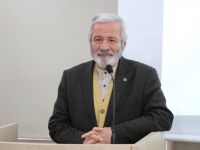








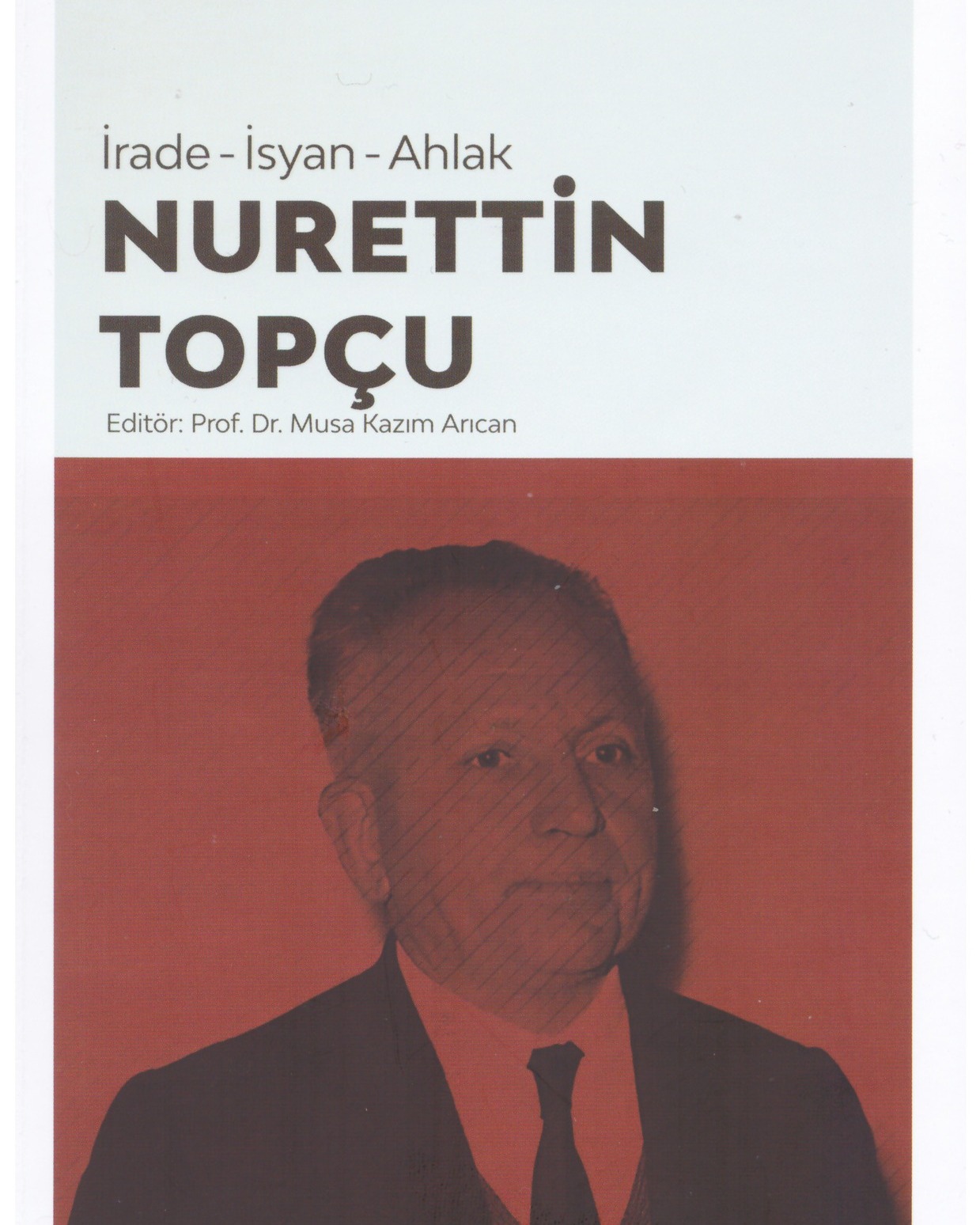


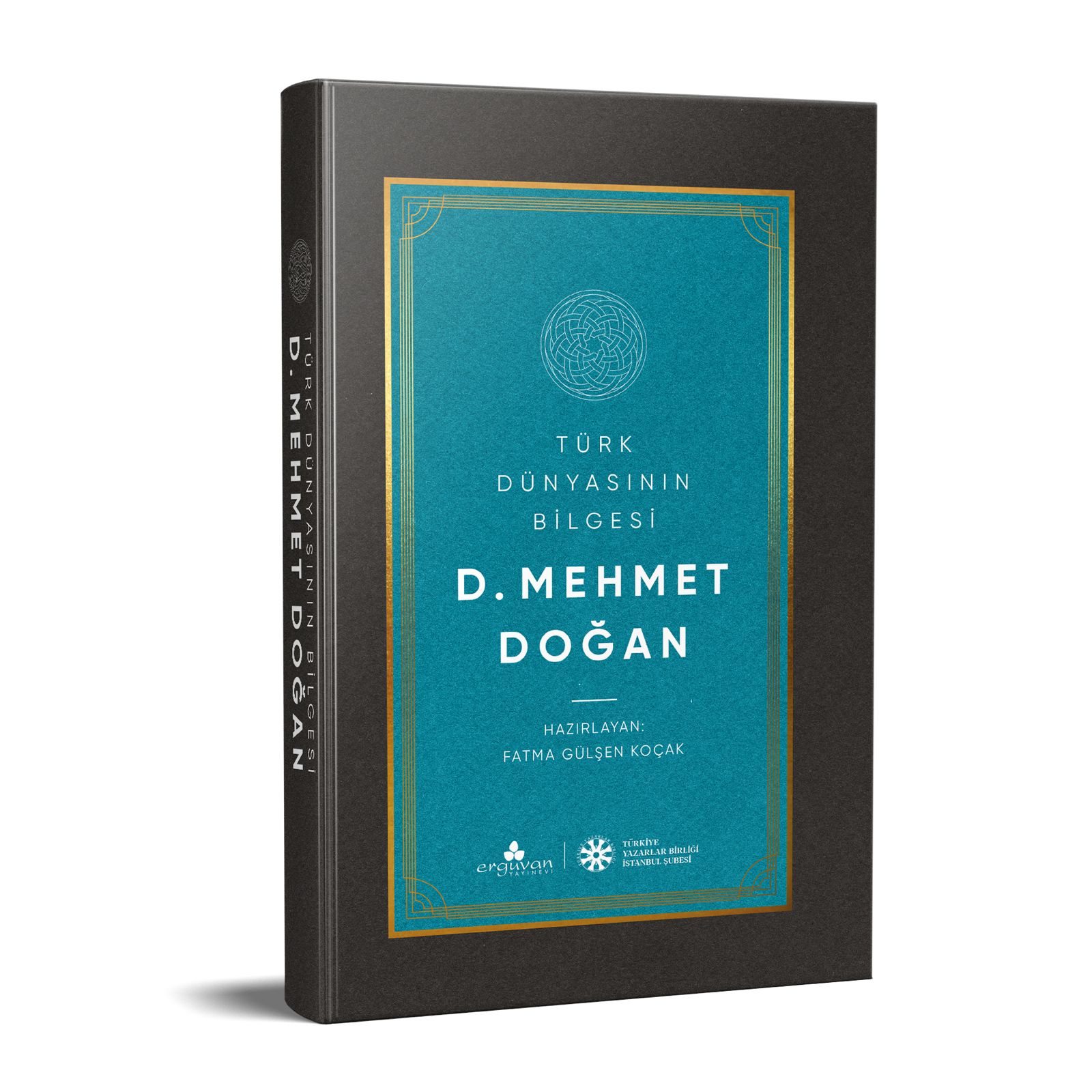
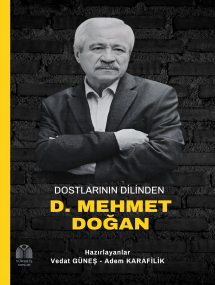






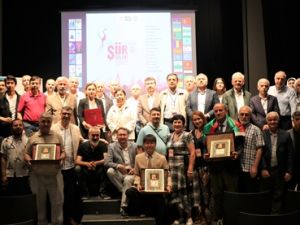
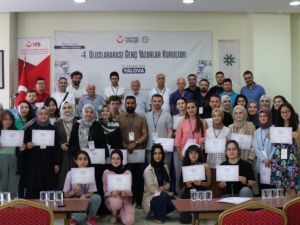



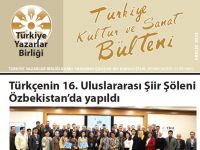



Türkçe karakter kullanılmayan ve büyük harflerle yazılmış yorumlar onaylanmamaktadır.